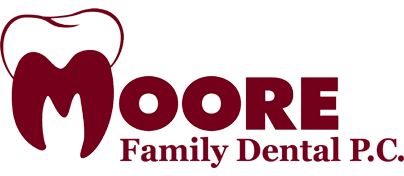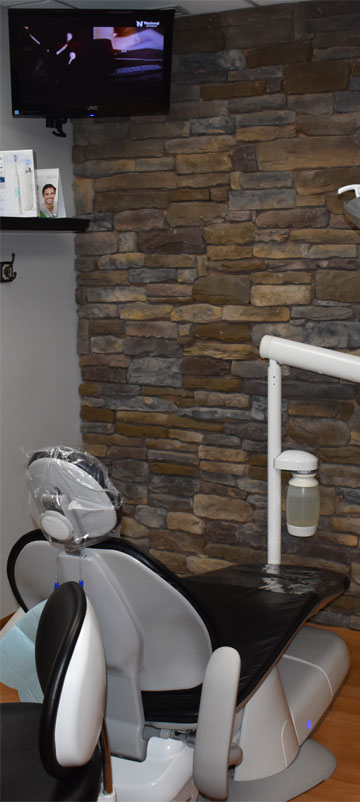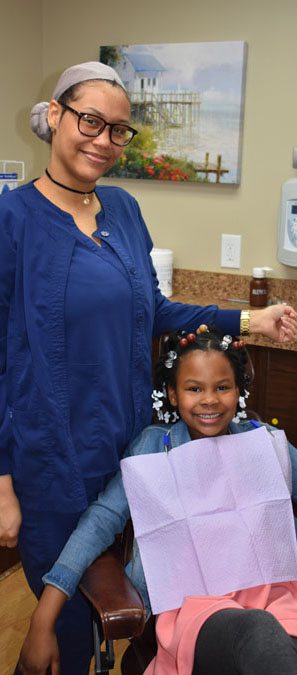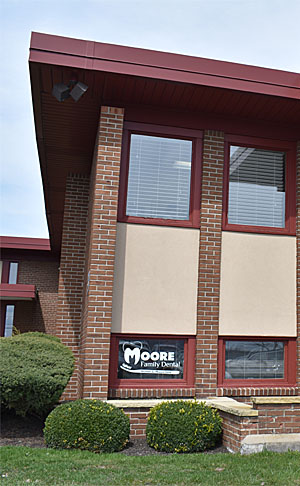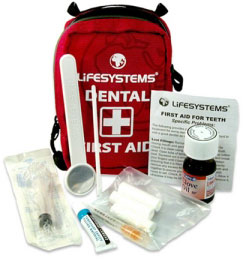 What comes to mind when you think about an upcoming vacation? Maybe your thoughts turn to the beach, spending time with a good book, leisurely dinners, or plenty of time to relax. Unpleasant thoughts may not come to mind at all. However, a dental emergency can interrupt your life. Not only can a dental emergency cause great pain and affect your appearance, but a trip to an emergency dentist will put your plans on hold.
What comes to mind when you think about an upcoming vacation? Maybe your thoughts turn to the beach, spending time with a good book, leisurely dinners, or plenty of time to relax. Unpleasant thoughts may not come to mind at all. However, a dental emergency can interrupt your life. Not only can a dental emergency cause great pain and affect your appearance, but a trip to an emergency dentist will put your plans on hold.
If you’ve had an injury to your teeth, mouth or jaw, most likely you need to see an emergency dentist right away. Putting off dental treatment for a dental emergency can increase the risk of permanent damage. This could translate into more extensive and expensive treatment in the future.
So where do you find a dentist?
As with other situations in life, if you have a plan, you will be able to deal with the situation more effectively, minimize negative effects, and return to normal more quickly. The lack of a plan can pose a problem, though. While you scramble to figure out what to do, the situation may worsen and completely ruin your vacation. A plan sounds like a good idea, right?
It is important to begin with a list of contact information. Write it in a small notebook or on paper so you can keep it with you at all times. Include the telephone number for Moore Family Dental (716-835-1670) on your list.
If you’re proactive, you may want to use an online directory, such as the Find-a-Dentist feature of the American Dental Association’s website to locate a potential dentist in advance. Otherwise, you may want to bookmark or record the web address in the event you need it. You may also consider contacting the Chamber of Commerce or local tourist board in the area you are visiting. In addition, make sure your list includes other essential information, such as doctors, telephone numbers of family members and friends you would need to contact in an emergency, and so on.
In June, 2011, the annual conference of the American Dental Hygienists’ Association (ADHA) examined issues related to implementing a community-based oral health program. One area of focus was a dental emergency kit. Although First Aid kits are common, a dental emergency kit is a new concept for many people. However, kits like this can be very useful in dealing with unexpected situations. The lecture highlighted the following items for inclusion in the kit:
- Flip chart (to provide information about injuries and how to deal with them)
- Cotton balls, swabs, gauze, or wash cloth (to clean the injured area)
- Dental floss, inter-dental cleaner, or toothpicks (to remove anything caught between the teeth)
- Dental wax or paraffin (to place over broken teeth or wires to reduce irritation inside the mouth)
- Dish towel, scarf, or tie (to tie around a broken jaw to reduce movement)
- Instant ice pack (to help reduce swelling)
- Exam gloves (to reduce the risk of infection when checking inside the mouth)
- Non-refrigerated liquid milk in a box, bottled water, or liquid tooth preserver (to put a broken tooth in to preserve it; refrigerated milk works best. Get to a dentist immediately if the tooth is broken.)
It’s sensible to use appropriate equipment, such as a mouth guard or helmet, when participating in contact sports. If you’re careful, you can reduce the risk of dental emergencies while you are on vacation; however, if you have a dental emergency kit and a phone number for a dentist, you can minimize the aggravation if something occurs.
